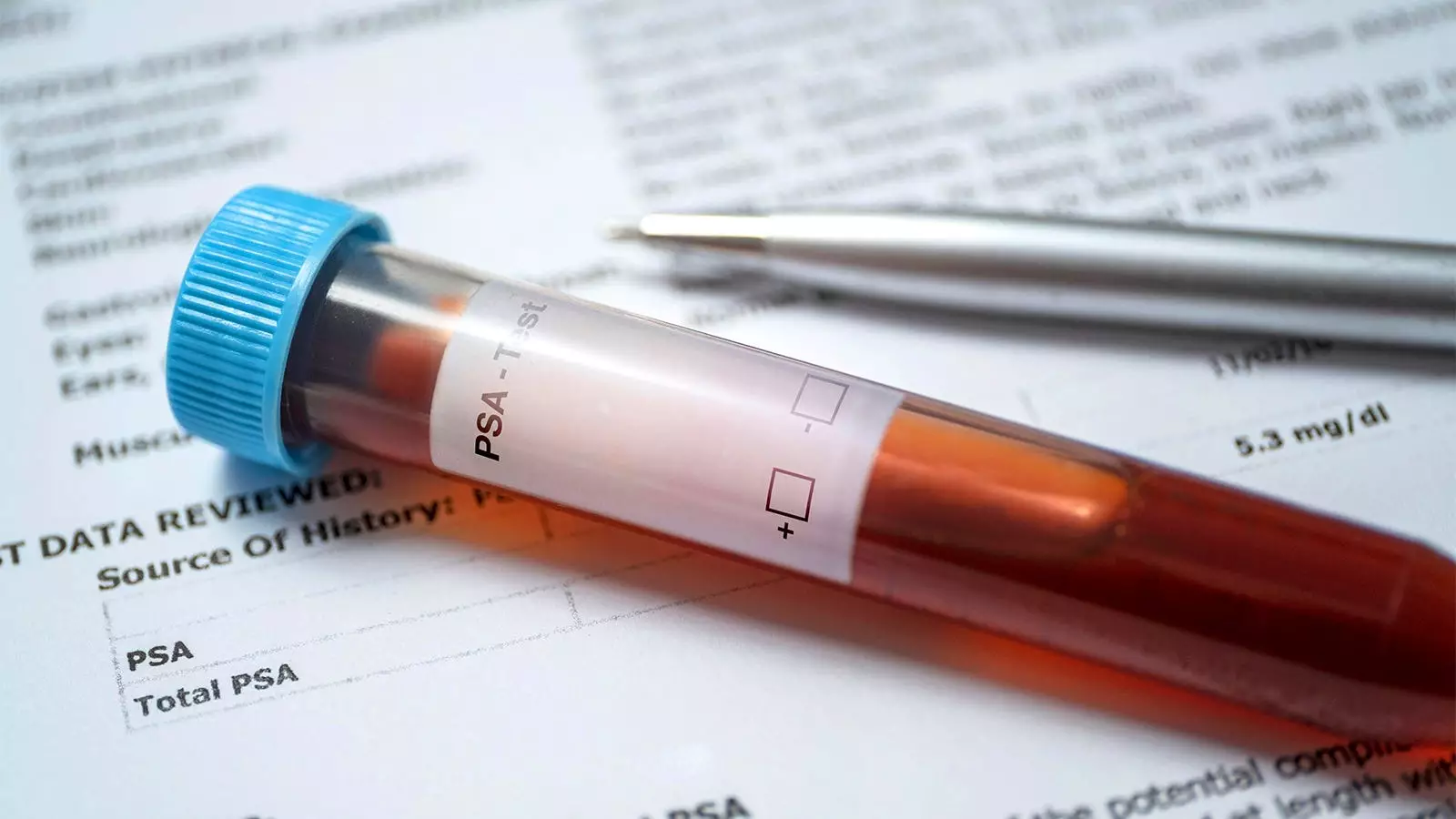The Finnish ProScreen randomized trial aimed to evaluate the effectiveness of a comprehensive prostate cancer screening strategy that included a prostate-specific antigen (PSA) test, a kallikrein panel, and an MRI. The preliminary results revealed that this screening approach detected one additional high-grade cancer per 196 men and one low-grade cancer per 909 men. The trial, conducted by Anssi Auvinen, MD, PhD, and colleagues from Tampere University in Finland, compared the screening group with the control group who were not invited to undergo screening.
Out of 7,744 men who participated in screening, 32 low-grade prostate cancers and 128 high-grade prostate cancers were detected. In contrast, among the 7,457 invited men who refused participation, seven low-grade cancers and 44 high-grade cancers were identified. The overall cancer detection rate among men who were screened was 2.07%, with a yield of about 1.7% for high-grade cancers and 0.4% for low-grade cancer. These results indicate that the screening strategy was effective in detecting high-grade cancers while minimizing the detection of low-grade disease.
The study highlighted the importance of utilizing biomarkers and MRI in the screening process to optimize patient selection for biopsy. By incorporating these diagnostic tools, the researchers were able to reduce the overdetection of low-grade disease and focus on detecting clinically significant high-grade cancers. This approach led to a high-grade cancer detection rate comparable to that of the European Randomized Study of Screening for Prostate Cancer trial, which evaluated PSA testing.
While the results of the Finnish ProScreen trial are promising, the researchers acknowledged certain limitations of the study. They noted that the absolute differences between the screening group and the control group were small, and the clinical significance of these differences remains unclear. Additionally, the study population included men who had undergone prior screening for prostate cancer, which may have impacted the detection rates of prostate cancers.
Despite its limitations, the ProScreen trial provides valuable insights into the potential benefits of incorporating biomarkers and MRI in prostate cancer screening. The authors emphasized the importance of a more contemporary and pragmatic approach to screening, which focuses on optimizing patient selection for biopsy. By utilizing advanced diagnostic tools, healthcare providers can improve the accuracy of prostate cancer detection and reduce unnecessary interventions.
The preliminary results of the Finnish ProScreen trial shed light on the impact of a comprehensive prostate cancer screening strategy on detection rates. By combining PSA testing, a kallikrein panel, and an MRI, the researchers were able to detect high-grade cancers with greater precision while minimizing the detection of low-grade disease. These findings underscore the potential of utilizing advanced diagnostic tools in prostate cancer screening to improve patient outcomes and reduce the burden of unnecessary treatments.


Leave a Reply